How to Tell if Bell Peppers Are Bad? [3 Main Spoilage Signs]
Ever picked up a bell pepper and questioned its freshness? How do you tell if a bell pepper is bad?
Let’s go through the key indicators of a past-its-prime pepper.
Short Answer
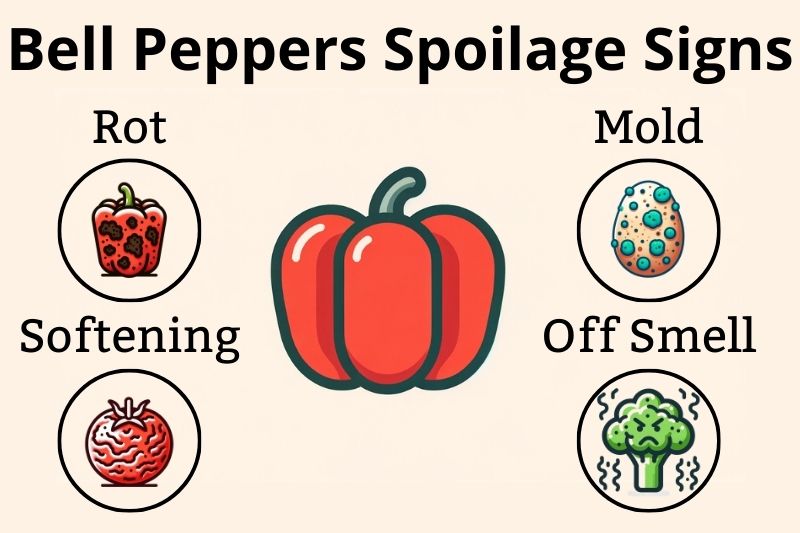
Discard bell peppers that are slimy, super soft and wrinkly, smell funny, or have large patches of mold on the surface. However, if your pepper has only a few soft spots, you can cut them away. Similarly, if there’s a small moldy patch, cut it out, making sure to remove at least an inch around the affected area.
That’s the short version if you’re in a hurry.
Now, let’s talk about the details.
Mold and Black Spots
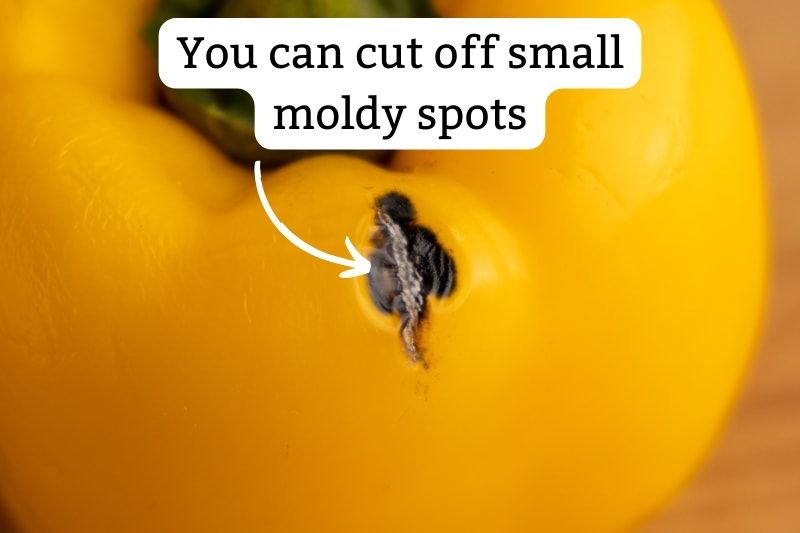
A bell pepper covered in mold is obviously no good. But more often than not, there are only a few small moldy patches, and the rest of the pepper is fine.
If that’s the case, you can still use the good parts of the pepper. That’s because, according to the USDA, you can cut off small mold spots from firm veggies, such as bell peppers.
(The same is true, e.g., for carrots with minor moldy areas, but it isn’t true for softer veggies, like tomatoes.)
As usual with veggies starting to turn, things aren’t cut and dry. You’re the one to decide if that bell pepper with a couple of black (or white or other) spots is worth using.
For me, as long as the black spots are small and there aren’t more than 3 to 5 of them, I cut them off and use the rest of the pepper. But if rot is starting to take over, I toss the veggie.
Finally, if your bell pepper is already cut up and you notice mold anywhere in the container, throw out the peppers. There’s no way of telling if other parts of the pepper haven’t been affected.
Softening
A bell pepper that’s slimy, covered in wrinkles, and super soft to the touch is way past its prime, and I recommend you discard it. But a pepper slightly on the softer side or with a couple of wrinkles or soft spots is still okay to use.
Losing firmness is typical for fruits and veggies you store for extended periods. Bell peppers last about 2 weeks if you refrigerate them, so you should notice that yours start to soften after 7 to 10 days.
If any area is more affected than the rest, as is the case with sunken spots, you can cut it off and use the rest.
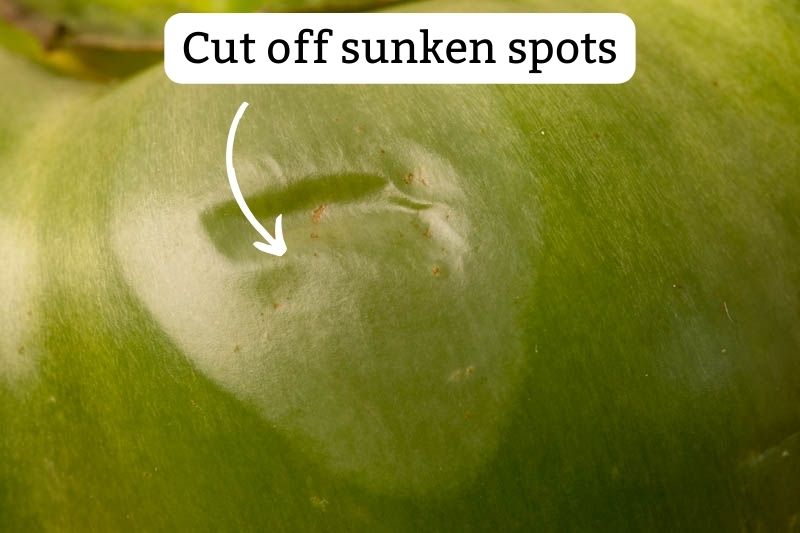
Last but not least, soft bell peppers work much better in cooked dishes than in raw ones. The lack of crunch and less-than-ideal texture will be easily noticeable in a salad, but you won’t notice a thing in lecso or ratatouille.
Off Smell
It’s not a common occurrence for whole bell peppers, but if yours smell funny, it’s best to toss them.
For cut-up bell peppers, especially ones that have been sitting in the fridge for a few days already, give them a good whiff. Look (sniff?) for mold or any other signs of decay, and toss the peppers if you notice any.
Discoloration is Usually Okay
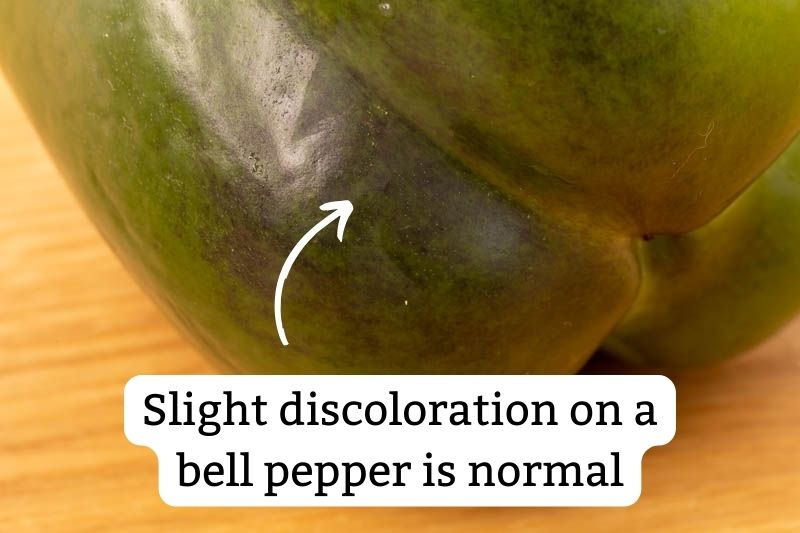
Sometimes, a bell pepper has a darkened patch (that’s not moldy or rotten spot) or is half green and half yellow (or any other mix of colors). That’s normal and nothing to be worried about.
Rotten Records: Share Your Snap!
Caught some food past its prime? Upload your photo to “Rotten Records” and help others spot the signs of spoilage. Every image makes our food community safer and more informed!
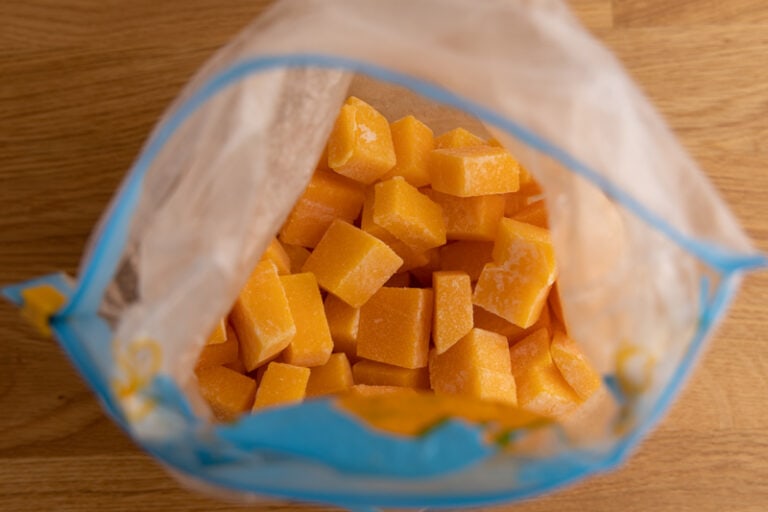
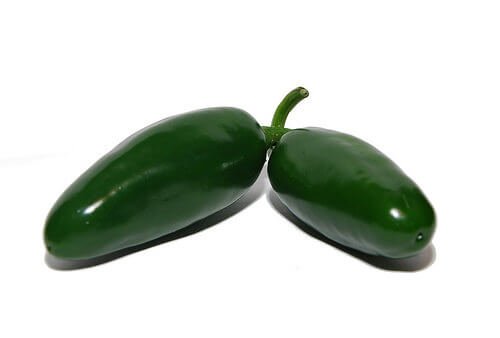
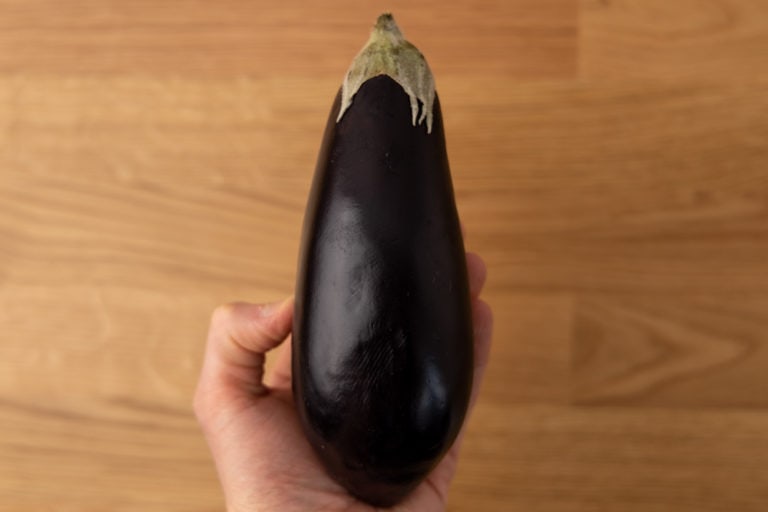
![Does Celery Need to Be Refrigerated? [Celery Storage Practices]](https://www.doesitgobad.com/wp-content/uploads/Celery-in-airtight-container-768x512.jpg)
![How Long Does Kale Last? [+ Tips to Make It Last Longer]](https://www.doesitgobad.com/wp-content/uploads/how-long-does-kale-last-infographic-1-1-768x512.jpg)
![How to Store Eggplant? [Whole, Cut, and Cooked]](https://www.doesitgobad.com/wp-content/uploads/Three-eggplants-768x512.jpg)